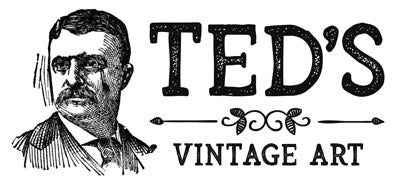Estonia Maps
Estonia is a country located in northeastern Europe, and is bordered by the Gulf of Finland, the Baltic Sea, Latvia, Lake Peipus, and Russia. The entire territory of Estonia consists of the mainland, as well as the two large islands of Saaremaa and Hiiumma, as well as 2,200 other islands. The total area of Estonia is 45,339 square kilometers (or 17,505 square miles). The capital city of Estonia is Tallinn, and is also the largest city within the country. Tartu is the second largest city in the country, and both of these cities are the largest urban areas found within the country. The total population of Estonia is 1.3 million, making the country one of the least populated countries within the European Union.
The landscape of Estonia is majorly a product of glacier activity on the coast. The land is largely low, with the average elevation standing at around 164 feet (50 meters) above sea level. The highest point is found in the southeast, and is Suur Munamägi, standing at around 1,043 feet (318 meters). There are many lakes found within Estonia, with the largest being Lake Peipus, expanding around 3,555 kilometers square (that’s 1,373 square miles), making this the fifth largest lake in Europe. Along with lakes, rivers are fairly common to find in Estonia. The largest rivers are Võhandu (162 km / 101 mi), Pärnu (144 km / 89 mi), and Põltsamaa (135 km / 84 mi). Estonia is home to a temperate climate zone, with average temperatures of 17.8–18.4°C (64–65.1°F) in the summers and -1.4°C to -5.3°C (29.5°F and 22.5°F) in the winters. Many species that are extinct in other European countries can be found within Estonia. Many large mammals can be found in Estonia, such as elk, wild pigs, deer, lynx, wolves, bears, foxes, as well as otters and seals. Many fish, like cods, herrings, salmon, and eels, are used for commercial purposes in Estonia. There have been over 300 species of bird located within Estonia, as the country is home to many migratory species. There are many forests within Estonia, as almost half of the country’s territory is covered by forests. Because of this, there are 90 different tree species found within Estonia, like pines, birches, firs, and aspens.
Estonia has experienced numerous population trends during the years. These can mostly be caused by Soviet immigration. From around the years 1940-1989, minorities made up a third of the country’s population. Following Soviet freedom, the rates of immigration greatly slowed and a large majority of the Russian population within Estonia left. The country is a developed country, having experienced a dramatic slowing of the birth rate, as well as the life expectancy increasing. Currently, Estonia’s overall population is aging.
In modern history, Estonia has experienced an economic boom and has been a country recognized as a high income power by the World Bank. With an economy based primarily on exports and trade, Estonia is home to many resources, such as machinery and equipment, wood and paper, textiles, food products, furniture, and metals.

Real Stories From Past Customers
From The Vintage Map Blog
Inside the Omaha Beach Invasion Map: A Cartographic Look at D-Day
Discover the untold story hidden within one of the most important maps of World War II. This rare Omaha Beach...
Explore Cape Cod's History Through 12 Stunning Vintage Maps
Step back in time with 12 beautiful vintage Cape Cod maps. Discover detailed historic prints perfect for beach houses, galleries,...
Vintage Map Gallery Walls: A Perfect Decor Idea for Farmhouse & Country Homes
A vintage map gallery wall is the perfect way to blend history, personal memories, and timeless decor. Ideal for farmhouse...















